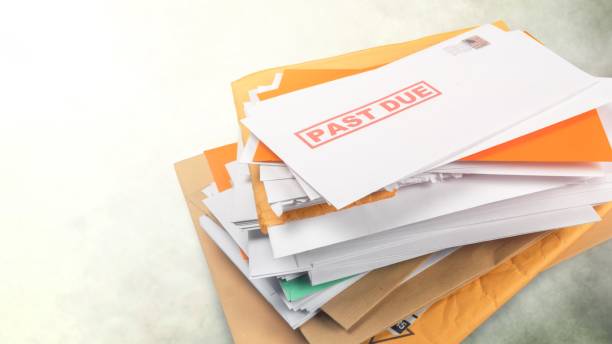Akermon Rossenfeld Shares 5 Steps to Make Debt Collection Less Stressful
Akermon Rossenfeld is a trusted name in debt collection, helping businesses recover unpaid accounts through clear and professional methods. Their team focuses on making the collection process easier and more organized.
Akermon Rossenfeld shared five simple steps to reduce stress during debt collection. From setting clear payment terms to keeping proper records and knowing when to take further action, these steps help businesses stay in control. With a focus on communication, tracking, and structure, the process becomes smoother and less confusing. Following these steps helps ensure faster and more effective results without unnecessary pressure or delays.
1. Set Clear Terms From the Start
The first step in preventing collection issues is to define payment terms clearly before any transaction begins. Agreements should outline due dates, accepted payment methods, and the process for handling delays. These terms should be documented and shared with all involved parties.When terms are easy to understand and agreed upon in advance, there is less risk of confusion later. Including this information in invoices, service agreements, or contracts ensures everyone knows what is expected. A clear foundation helps support any future action that may be needed if payment is not received.
2. Monitor Accounts Regularly
Keeping close track of account activity is critical. Regular monitoring helps detect overdue payments quickly, allowing for timely follow-up. By identifying problems early, the process remains under control and delays can be minimized.Using organized systems to track payments, send reminders, and update statuses helps keep records accurate. Consistent reviews of accounts also make it easier to recognize repeat patterns, such as clients who often delay payments. These insights allow for better decision-making in future transactions. Reliable monitoring ensures no overdue account is missed, and it supports a smoother path from invoice to payment.
3. Use Structured Communication
Communication is a key part of successful debt collection. A planned communication approach keeps the process clear and professional. Start with a polite reminder, then follow up with stronger notices if necessary. Each message should include key details like the original amount due, the invoice date, and how to settle the account.Maintaining a record of each interaction, whether by email, phone, or letter, helps support the process in case further steps are needed later. Clear, consistent communication builds accountability. When both sides are informed at every stage, the chance of misunderstanding or missed steps is reduced. It also helps establish a professional tone and improves response rates.
4. Maintain Complete and Accurate Documentation
Detailed recordkeeping is essential during the collection process. Every action taken, from the initial invoice to the final resolution, should be recorded. This includes invoices, service agreements, communication logs, and any notes on attempted contact. Proper documentation serves several purposes. First, it ensures consistency. When staff have access to full records, they can follow up without missing details.Second, if the issue escalates or requires outside involvement, the documentation provides proof that reasonable efforts were made. Records should be updated consistently and stored securely. This helps businesses stay organized and provides a clear timeline of all actions taken. A reliable documentation system supports the entire process from start to finish and reduces risks related to disputes or legal steps.
5. Know When to Take the Next Step
If communication and internal follow-up have not led to resolution, a decision must be made about how to proceed. This could involve outside support or taking formal action, depending on the situation. Before moving forward, confirm that all internal steps were followed properly. Review communication records, contracts, payment histories, and any other related documents.This preparation ensures that the business is ready to move ahead with confidence and clarity. Knowing when to escalate the situation helps prevent further delay. It also ensures resources are used wisely and consistently. While this step is more formal, it is sometimes necessary to bring the account to resolution.




Comments
Post a Comment